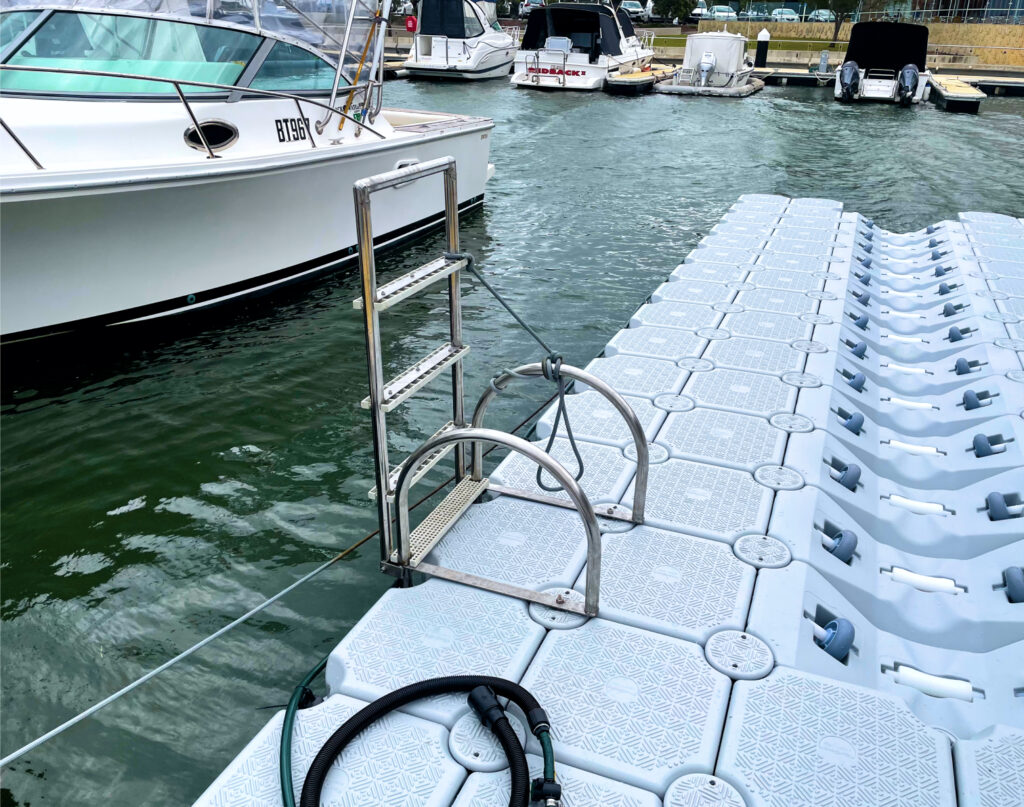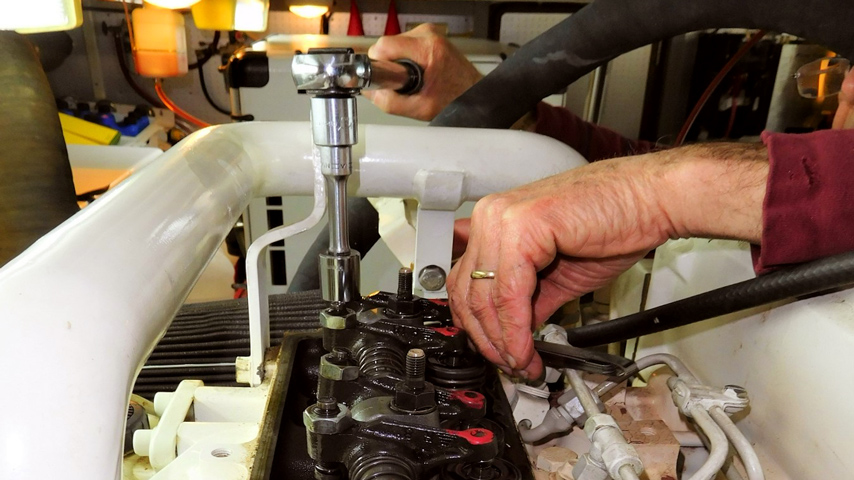Unlock the Benefits of Jet Ski Docks for Organized Docking of Multiple Watercraft
Jet ski docks offer a variety of advantages for boat owners and enthusiasts, providing an organized, secure, and efficient way to dock multiple watercraft. These specialized docking systems are designed to handle the needs of personal watercraft PWC owners, offering a range of benefits that enhance both convenience and safety. One of the primary advantages of using jet ski docks is organization. Traditional boat slips or waterfront areas often become crowded and chaotic, especially when multiple watercraft are involved. Jet ski docks provide a dedicated and designated space for each craft, keeping them neatly separated and clearly marked. This organization helps prevent accidental collisions, ensures that each jet ski is easily accessible, and reduces the clutter often seen at docks. Whether it is for a personal collection of PWCs or a commercial rental fleet, having clearly defined docking stations improves the overall management of the area.
In addition to organization, hiseadock offers enhanced safety for both the watercraft and those using them. Unlike traditional mooring methods, which may involve tying up to a buoy or a standard dock, jet ski docks are engineered to accommodate the unique shape and size of personal watercraft. These docks usually feature non-slip surfaces, built-in bumpers, and adjustable mechanisms to secure the craft in place, reducing the risk of damage from waves or accidental shifts in the water. Many docks also come with built-in floating platforms, which allow riders to easily board or disembark without the fear of slipping, especially when the watercraft is positioned at the dock’s ideal level. This ensures greater stability, minimizes the chances of falling, and provides peace of mind for users, especially children and less experienced riders. The efficiency of jet ski docks is another compelling reason to use them. These docks are designed with convenience in mind, offering quick and simple access to your jet skis. Some docks even feature automatic or hydraulic lift systems that raise the watercraft above the water when not in use.
This helps protect the jet ski from the wear and tear of constant exposure to water, such as saltwater corrosion or algae buildup. Furthermore, it reduces the need for manual lifting or dragging the craft to and from the water, a task that can be physically demanding and time-consuming. With the addition of quick-release features, riders can swiftly launch or dock their jet skis, making it ideal for individuals who enjoy a fast-paced lifestyle or those in need of rapid turnover for rental fleets. For those with limited space, a jet ski dock can be customized to fit smaller or larger areas, maximizing the available waterfront space. Modular designs allow multiple docks to be linked together, accommodating various types of watercraft in a compact area. Whether you are docking one or several jet skis, jet ski dock offers flexibility in design, ensuring that space is utilized efficiently without compromising safety or ease of access. Jet ski docks are an invaluable investment for watercraft owners looking to improve the organization, safety, efficiency, and environmental impact of their docking arrangements.



